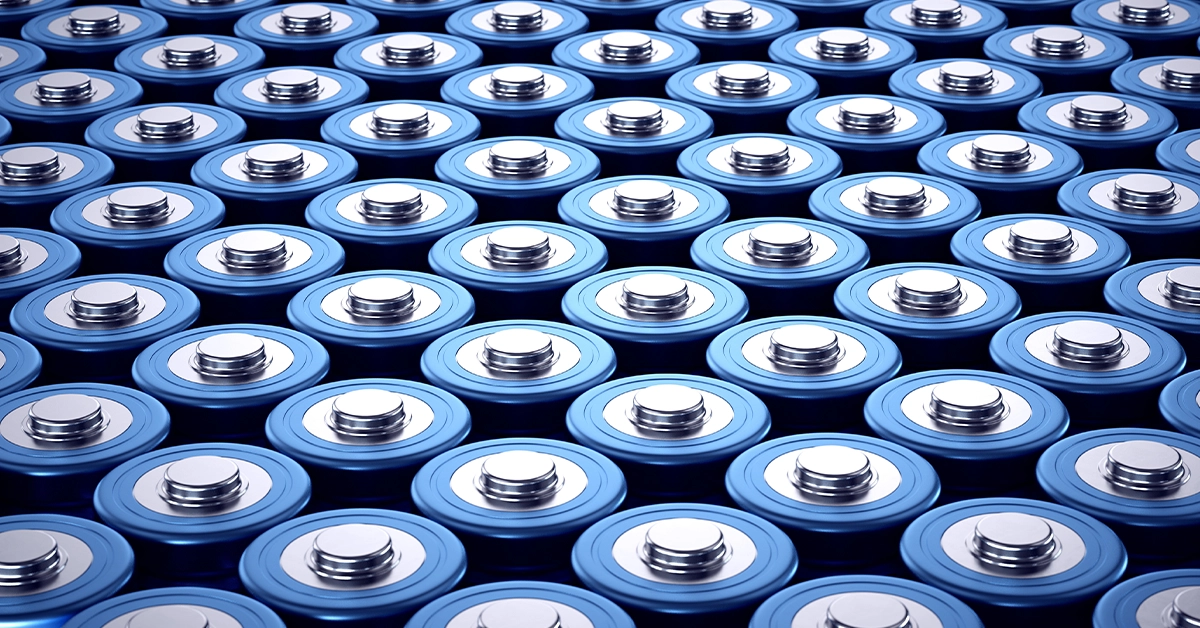
The battery takes its name from the electrolyte material: a highly conductive glass formed from lithium hydroxide and lithium chloride and doped with barium. This allows fast charging of the battery without the formation of metal dendrites. The battery operates during discharge by stripping the alkali metal from the anode and re-depositing it at the cathode.
The glass battery marks a huge breakthrough in several areas:
Safety
A solid electrolyte is much safer than a liquid one as it prevents the growth of dendrites, the main cause of lithium-ion battery fires, the greatest hazard posed by current Li-ion batteries.
Cost
Lithium is relatively expensive and its mining and disposal have serious destructive effects on our environment. The glass battery can be made using low-cost sodium instead of lithium, greatly reducing its financial and environmental cost.
No Cobalt
Cobalt is present in almost all Li-ion batteries, but there isn’t enough of it in the world to satisfy global demand. However, glass batteries do not use any cobalt in their design, removing this bottleneck to global battery production.
Efficiency
The life of Li-ion batteries in most consumer products as being between 3,000 and 5,000 discharge/charge cycles. Early tests of the glass battery suggest it is capable of at least 12,000 charge-discharge cycles.
For some experts in the field of energy accumulation, it reads almost like something out of a sci-fi novel. Well, for a few it sounded too sci-fiesque; after being originally published in 2016, the paper quickly gained a lot of attention, some of which was skeptical towards its claims.
The known rules of physics state that to derive energy, differing material must produce differing electrochemical reactions in the two opposing electrodes. That difference produces voltage, allowing energy to be stored. However, the glass battery has pure lithium or sodium on both sides. Therefore, the battery cannot “create” energy without violating the first law of thermodynamics.
Goodenough's explanation
So, where does the energy come from, if not the electrode reactions? Goodenough responded to the criticism through this explanation of its energy generating mechanism:
“If the lithium plated on the cathode current collector is thin enough for its reaction with the current collector to have its Fermi energy lowered to that of the current collector, the Fermi energy of the lithium anode is higher than that of the thin lithium plated on the cathode current collector.”
Matthew Lacey of Uppsala University pointed out that this effect is only known for extremely thin layers (monolayers) of materials, something the original paper failed to mention. This would complicate its practical implementation in items that need large batteries such as EVs or electric aircraft.
In April 2018, Goodenough and his team published a new paper which examined solid state Li+ batteries. Their new battery is based on the same ‘glassy’ type of solid-state electrodes and it makes some claims that eclipse even Goodenough’s original 2016 paper: “the capacity rose with cycle number over the 329 cycles tested during 13 consecutive months” in addition to its ability to ‘self-charge’.
The future of Glass Batteries
Goodenough’s reputation has helped his team weather the storm of criticism and it seems that more and more researchers are buying into the theory behind glass batteries. However, until we see them featured in a product that will be hitting our shelves (or our car dealerships), we won’t know if the glass battery is just a peculiar development in our understanding of physics or if it’s the key to the next energy revolution.
Are you ready to be part of the renewable energy revolution? Contact us today! Our experts are here to help you find a solution tailored to your needs.
New dimension of energy optimization





